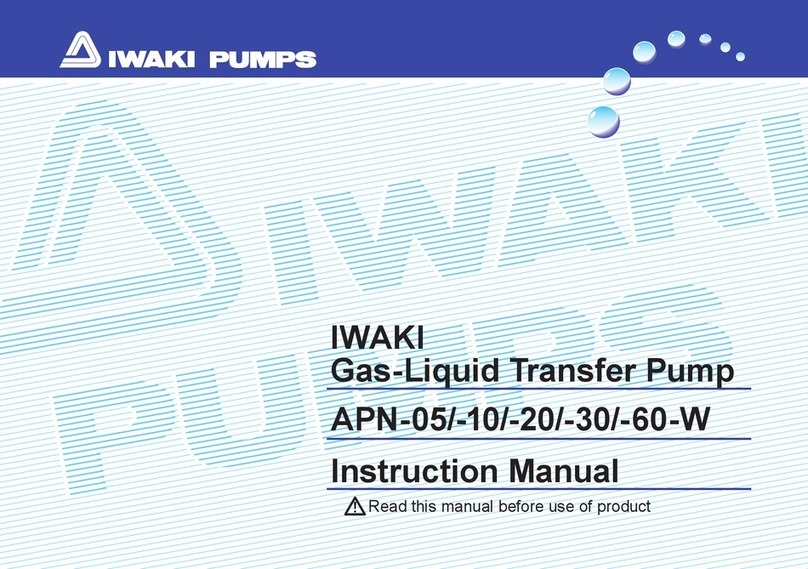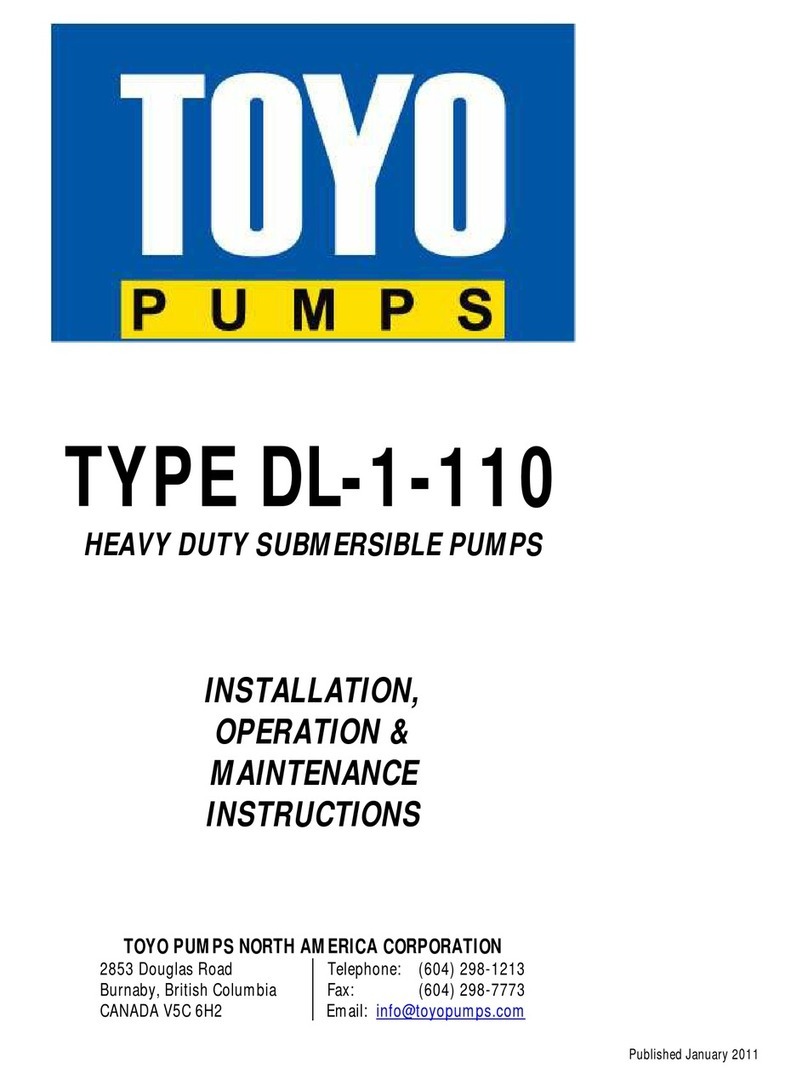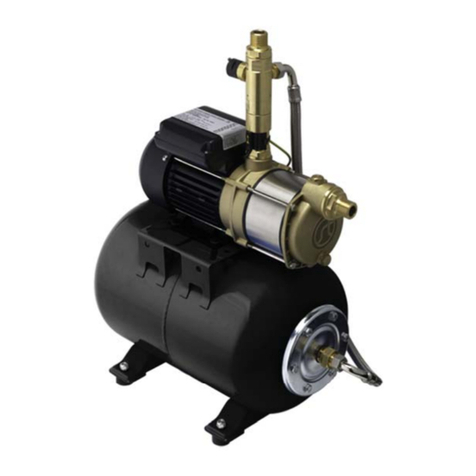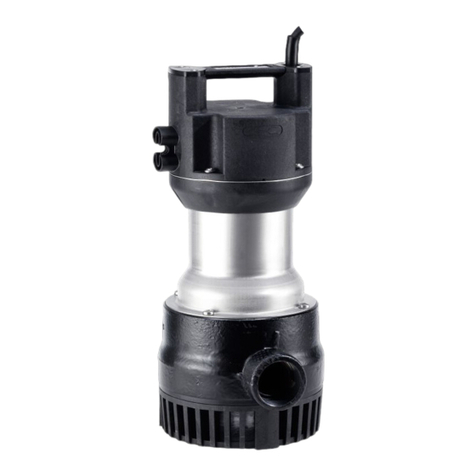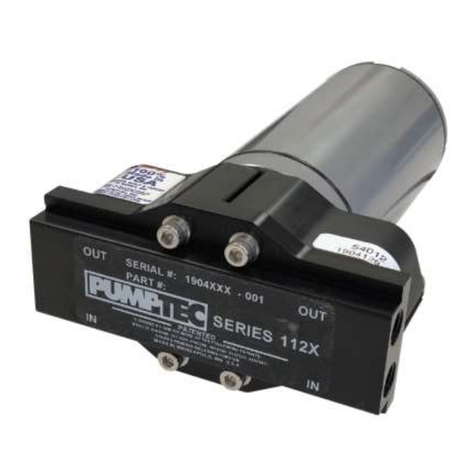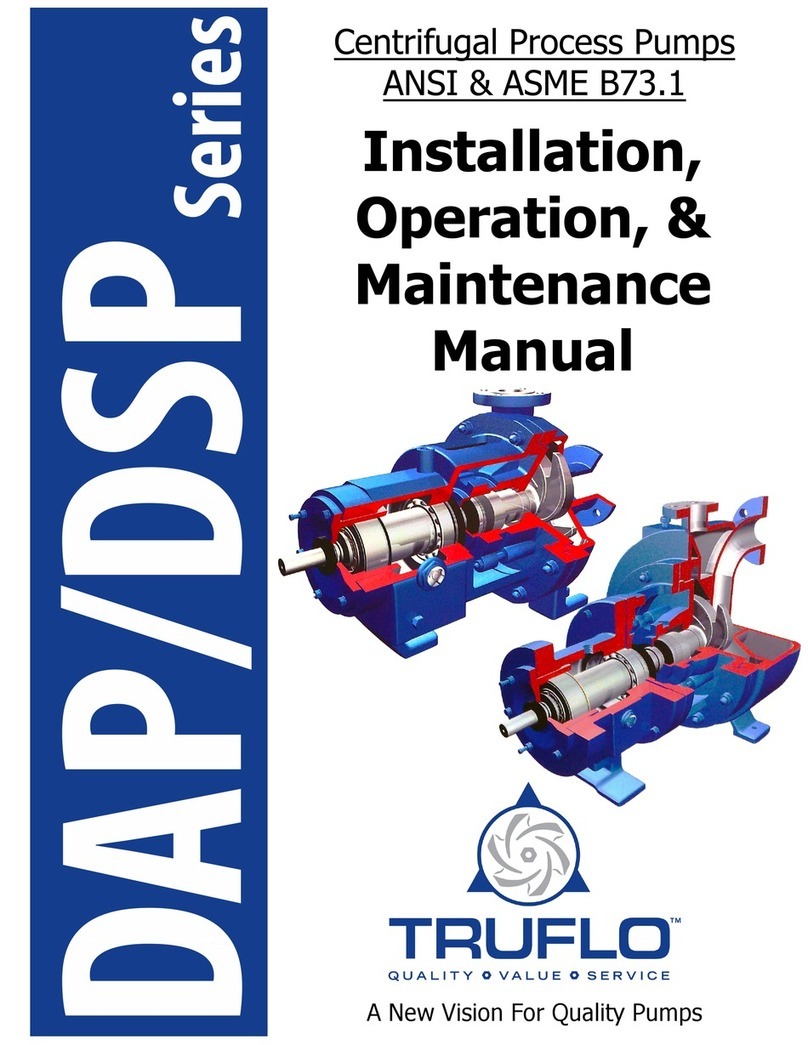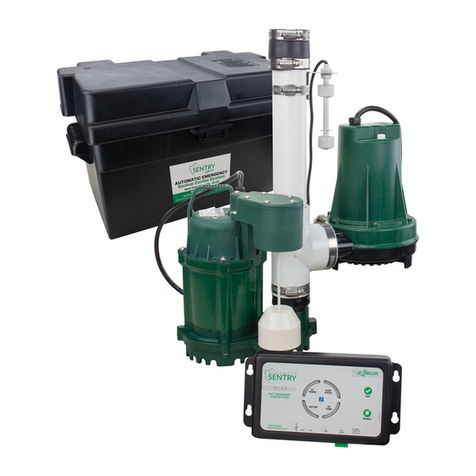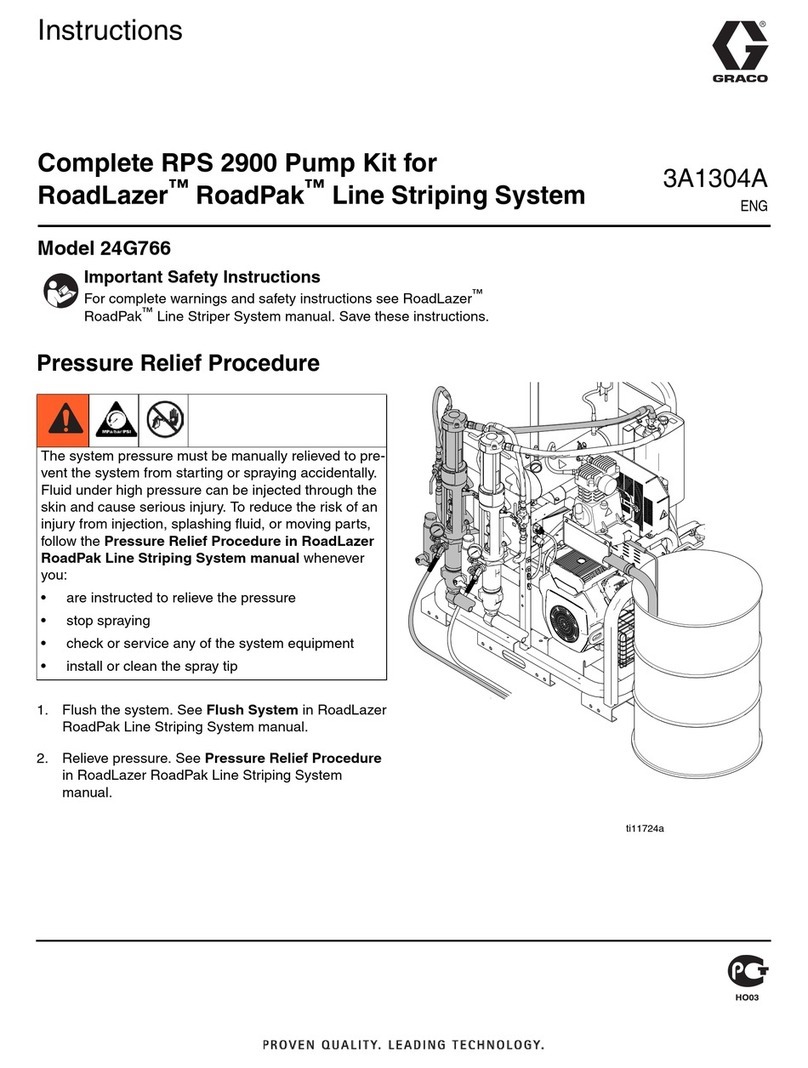
18Revision8–November2011
BASEPLATE INSTALLATION PROCEDURE
Industry standard procedures, such as API RP 686/ PIP
REIE 686, and/or the following procedure should be
followed prior to grouting the baseplate. The procedure
assumes the installer has a basic knowledge of baseplate
and foundation design and installation methods.
BASEPLATE PREPARATION
1-Inspect all surfaces of baseplate that will contact grout for
contamination (e.g. -rust, oil, grime, etc.).
1- Thoroughly clean all surfaces of the baseplate that will
contact grout with a cleaner that will not leave any residue.
Remove water and/or debris from foundation bolt
holes/sleeves. If the sleeve type bolts are being
used, fill the sleeves with nonbinding moldable
material and seal to prevent grout from entering.
Coat exposed portion of anchor bolts with a
non-bonding compound (such as paste wax) to
prevent grout from adhering to anchor bolts.
2-Inspect all machined surfaces for burrs, rust, paint or
any other type of contamination. If necessary, use a
honing stone to remove burrs.
Chip top of foundation a minimum of 25 mm) to
remove porous or low strength concrete. If using a
pneumatic hammer, assure that it is not contaminating
the surface with oil, moisture, etc
If recommended by grout manufacturer,
coat foundation surface with a
compatible primer.
3-Coat portions of leveling screws that will contact grout
with a non-bonding (anti-seize) compound (such as paste
wax) to facilitate their removal after grouting.
4-Thread nuts on foundation bolts and hand tighten.
FOUNDATION PREPARATION
SETTING AND LEVELING BASEPLATE
Lower base onto foundation bolts. Base will rest
on top of foundation on jackscrews provided on
base (Figs. 9 & 10).
Adjust leveling jack screws, located adjacent to
the foundation bolt holes, until the baseplate rests
1-2 in. (25 -50 mm) above foundation to allow for
adequate grouting. This will provide even support
for the base once it is grouted.
Level base to within .002 in./ft. (0.20 mm/m) of
length or width of the base, respectively, by
adjusting leveling screws. Maximum total
variation from one end or side of the base to the
other is .015 in. (0.38 mm).
�CAUTION
Do not use heavy tools such as jackhammers, as they
could damage the structural integrity of the
foundation.




















